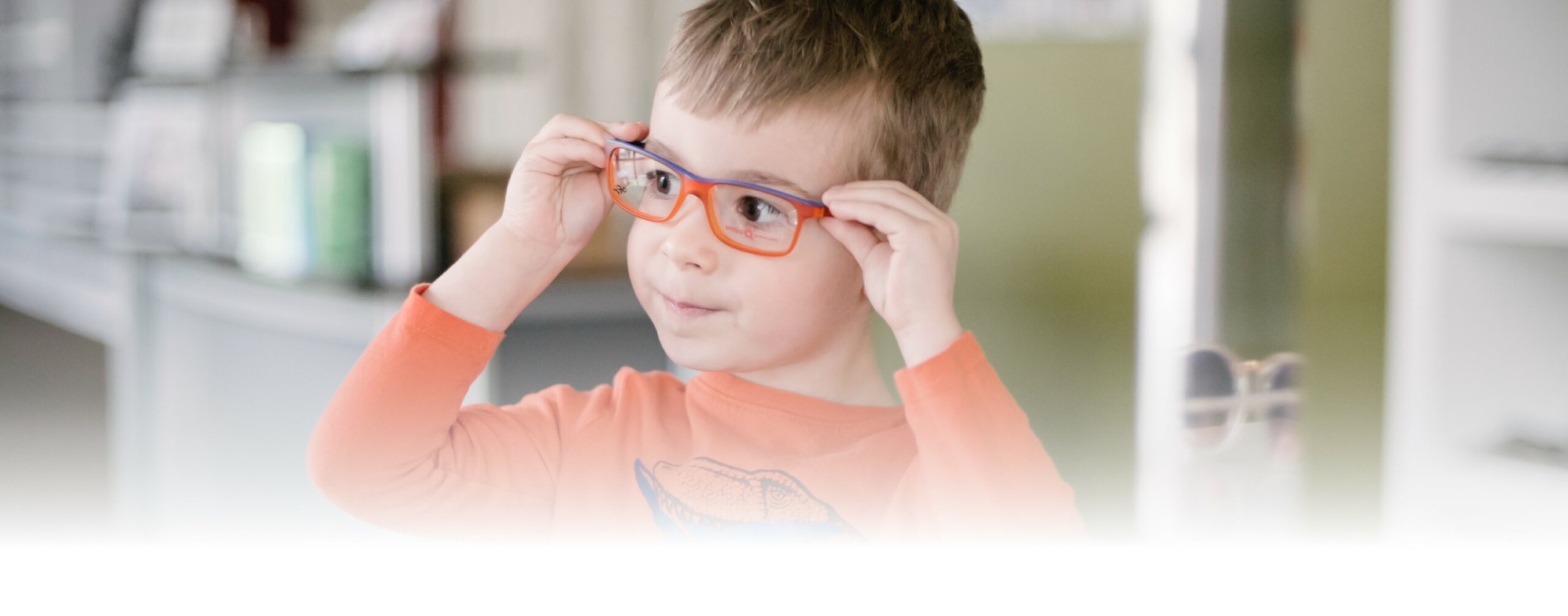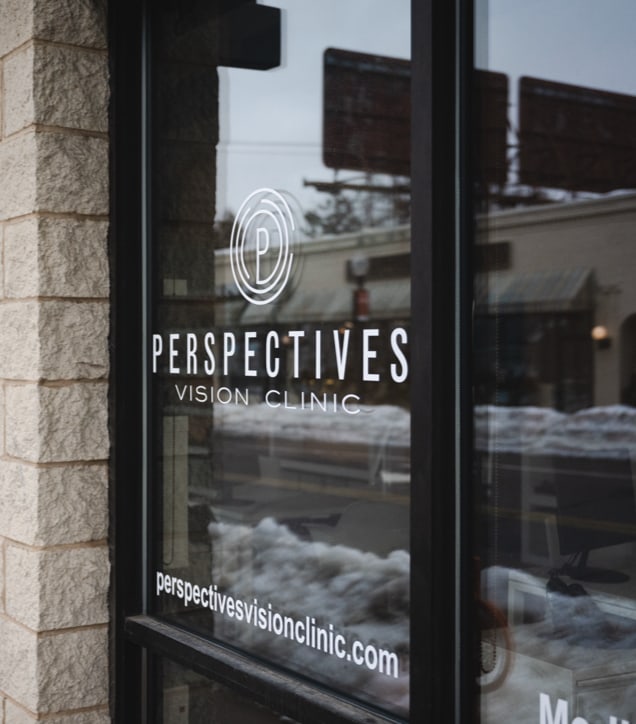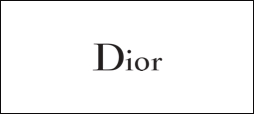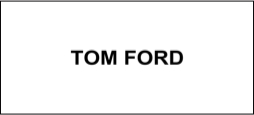Eye Care & Testing for Developing Eyes
Children’s eye exams are a crucial part of their overall health care strategy. Visual issues like myopia, hyperopia, astigmatism, and amblyopia usually present during childhood. When combined with the fact that children often can’t communicate or understand their vision problems, this makes regular eye exams even more important.
Book an appointment today for your child.
How Often Should Children Have an Eye Exam?
How often your child needs an eye exam will vary based on their medical history, your family’s medical history, and whether they are showing signs of vision problems. Assuming there is no cause for concern, your child should see an optometrist at these ages:
- At least once between 6 and 12 months old
- At least once between ages 3 to 5 years old
- Once before first grade and then every year thereafter
If you notice any signs of vision issues like frequent eye rubbing, excessive blinking, an eye turn, or problems focusing, book an appointment right away.
Why Eye Exams Are Important for Children
Certain eye issues such as strabismus (an eye turn) or amblyopia (a lazy eye) usually present during childhood. An eye exam is crucial to diagnosing these issues, especially because children have difficulty communicating vision problems. Children don’t understand that they can’t see properly and assume that everyone sees the way they do.
Optimal vision also means optimal learning. Vision problems are often associated with difficulty learning, as children need good eyesight to see the board and learn to read. At a pediatric eye exam, we’ll test your child for the following, to ensure they can see and learn at their best:
- Visual acuity at all distances
- Eye teaming
- Eye movement
- Ocular health
If you have any concerns about your child’s eyes, book an appointment for a pediatric exam.










